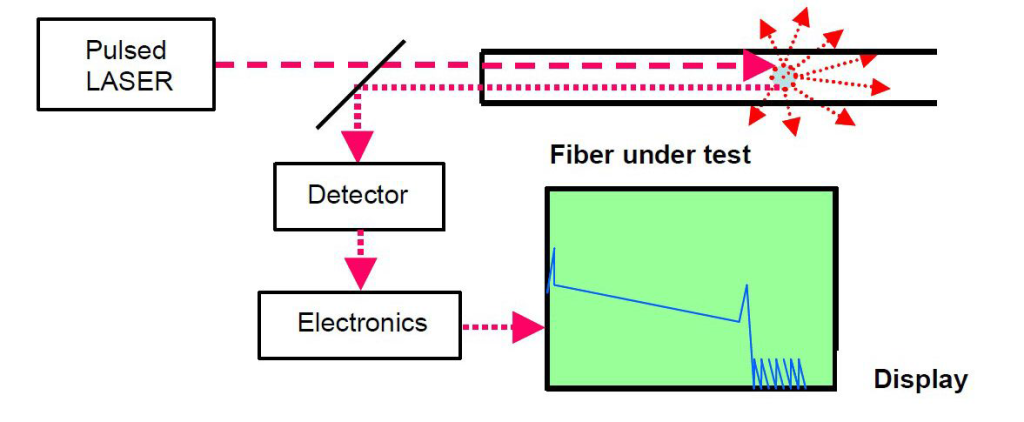In order to cut down the costs on the expensive SFP transceiver modules, many users are seeking for a compatible SFP to use. For example, if your network contains HP routers, firewalls, and switches, you might think that only HP SFP branded transceivers will ensure your equipment functions optimally. However, that seemingly reasonable assumption could cost your company thousands of dollars. Compared to the compatible SFP transceiver produced by third-party companies, HP SFP transceiver comes with dramatically inflated price tags while a third-party compatible one is roughly 80 percent less expensive than HP branded SFP transceiver. Although price isn't everything, it's important to know that you're getting your money's worth. That calls for a comparison of what HP SFP transceiver has to offer next to a third-party compatible one.
Performance
Many people worry that the performance of a third-party compatible SFP is not as good as HP SFP. In fact, HP's own branded SFP transceivers aren't the only ones that work well with their other devices. Compatible third-party SFP transceivers are designed with the specifications of HP technology and function smoothly but have no problem with HP devices such as switches, firewalls, and routers. For example, the following JD092B compatible SFP transceiver provided by Fiberstore offers the same function with HP JD092B and it is fully compatible with HP devices. So you needn’t necessarily buy HP branded SFP transceiver to run your system without glitches or snags.

Failure Rates
Price implies reliability, is it always true? When you pay more for a product, you must expect that higher cost has some added benefits attached. But it is not always the case. Sometimes you're just paying for the brand name. Third-party compatible SFP transceivers often have lower rates of failure than branded HP SFP transceivers, which makes them more reliable but with less money.
Warranty
HP offers a one-year warranty on their branded optical products, plus whatever coverage may be offered under your service contract, for which you must pay separately and these service contracts don't come cheap. But if you have a lot of experience in shopping around, you'll find that many third-party manufacturers of compatible SFP transceivers and resellers even offer significantly better guarantees. It's not hard to find a lifetime warranty for your compatible optical products.
Availability
Time is money. Everyone prefers to get products earlier rather than later. The last thing you concern when trying to construct or upgrade your network is to find out that the SFP transceivers you have paid are on backorder. That kind of situation often happens when you rely on a single brand for the products you need. Expanding your search to a third-party compatible one can make it easier to get your network up and running faster without having to wait for the parts to be restocked.
If you're still hesitant about trying a third-party compatible SFP transceiver, the best way to ensure that you're getting a reliable product at a good deal is to choose a vendor you trust, one with a proven track record of quality products and great customer service. HP compatible SFP transceivers offered by Fiberstore are fully compatible with HP switches & routers. These SFP modules can be mixed and deployed with genuine HP SFP transceivers for seamless network performance and interoperability. We provide a series of HP compatible SFP transceivers as equivalent to J9151A, JD092B, J8177C, J4859B, etc.

